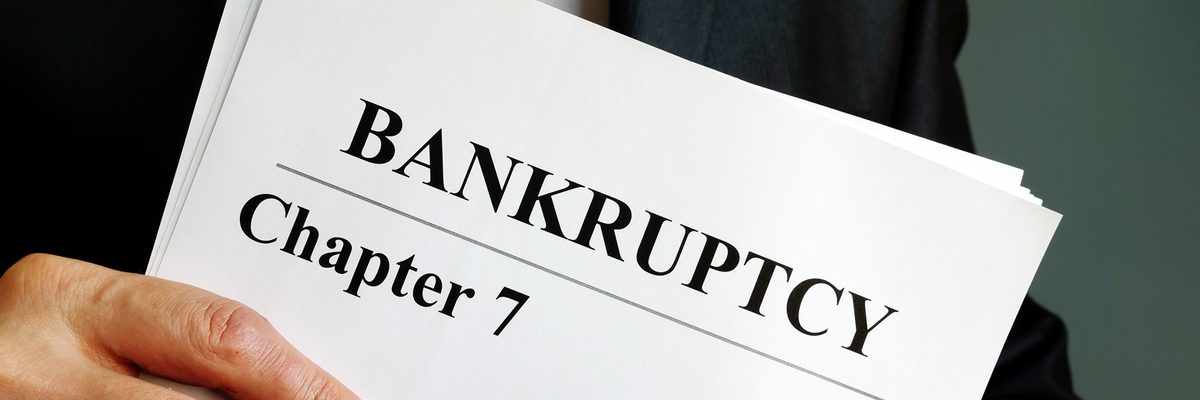What happens in a Chapter 7 Bankruptcy?
Chapter 7 bankruptcy is quite simple. To sum it up in short – you are required to file the bankruptcy petition, with forms including lists of the assets, debts, financial transactions etc along with schedules. Once this paperwork is done, a bankruptcy trustee will proceed over your case as appointed by the court. The next crucial step is to attend a court hearing (also known as the 341 Meeting) to get the desired discharge. It generally takes about four to six months for a normal case to close since the date you file for the bankruptcy. Once the case is closed and you have got the discharge, all the automatic stay will be lifted.
The process of Chapter 7 bankruptcy includes the following steps:
- Receive a Credit Counseling
It is mandatory to get a career counseling done from the approved agencies by the United States Trustee’s Office. This should be done 6 months before you file for chapter 7 bankruptcy. Non compliance to filing the certificate completion course will lead to dismissal of your case.
- Filing the bankruptcy petition and other forms
You need to file a number of forms like the bankruptcy petition, schedules with your financial information, a form with your income and expenses that will decide your eligibility for Chapter 7 Means Test, and forms to make property exemption claims. The completion of this process will generate an automatic stay to stop debt collection practices against you.
What happens after the completion of paper work?
Soon after the filing of the paperwork, a trustee will be appointed by the court to review the paperwork and decide the distribution of your non-exempt property (if any). The trustee will also ask you for a copy of the most recent tax returns.
The court will then send you a notice with the date of your Creditor’s Meeting or the 341 Meeting, in which you will be asked questions related to your bankruptcy forms and finances under an oath. This meeting is mandatory, usually short and is attended by the trustee and any creditors (not compulsorily).
After the gathering and the reviewing of all your information by the trustee, the court will decide your eligibility for Chapter 7 bankruptcy, for which passing the Means Test is the most important requirement. In the case of ineligibility, you will still have the option of Chapter 13 bankruptcy.
Role of a Trustee and getting a Bankruptcy Discharge
The seizing and selling of your non-exempt property will be decided by the trustee. The trustee may also allow you to keep a non-exempt property if you have enough cash for it or are willing to give up an exempt property in its place. Certain debts are backed by collateral which can be rightfully taken back by the creditor in case of default. Such debts are called secured debts and they can be redeemed or reaffirmed (This means you will owe them even after the completion of your bankruptcy case). If you don’t have a lawyer while reaffirming a debt, a reaffirmation hearing will be held before the judge.
It is important to complete the debtor’s education course after filing bankruptcy and before getting a discharge. After its completion, the court will need you to file Form 423 (Certification about a Financial Management Course).
After 3 to 6 months from the filing, your bankruptcy discharge will come in your mail and the automatic stay will be lifted. Official closure of your bankruptcy case will take place only after a few days or weeks of your discharge being granted.

